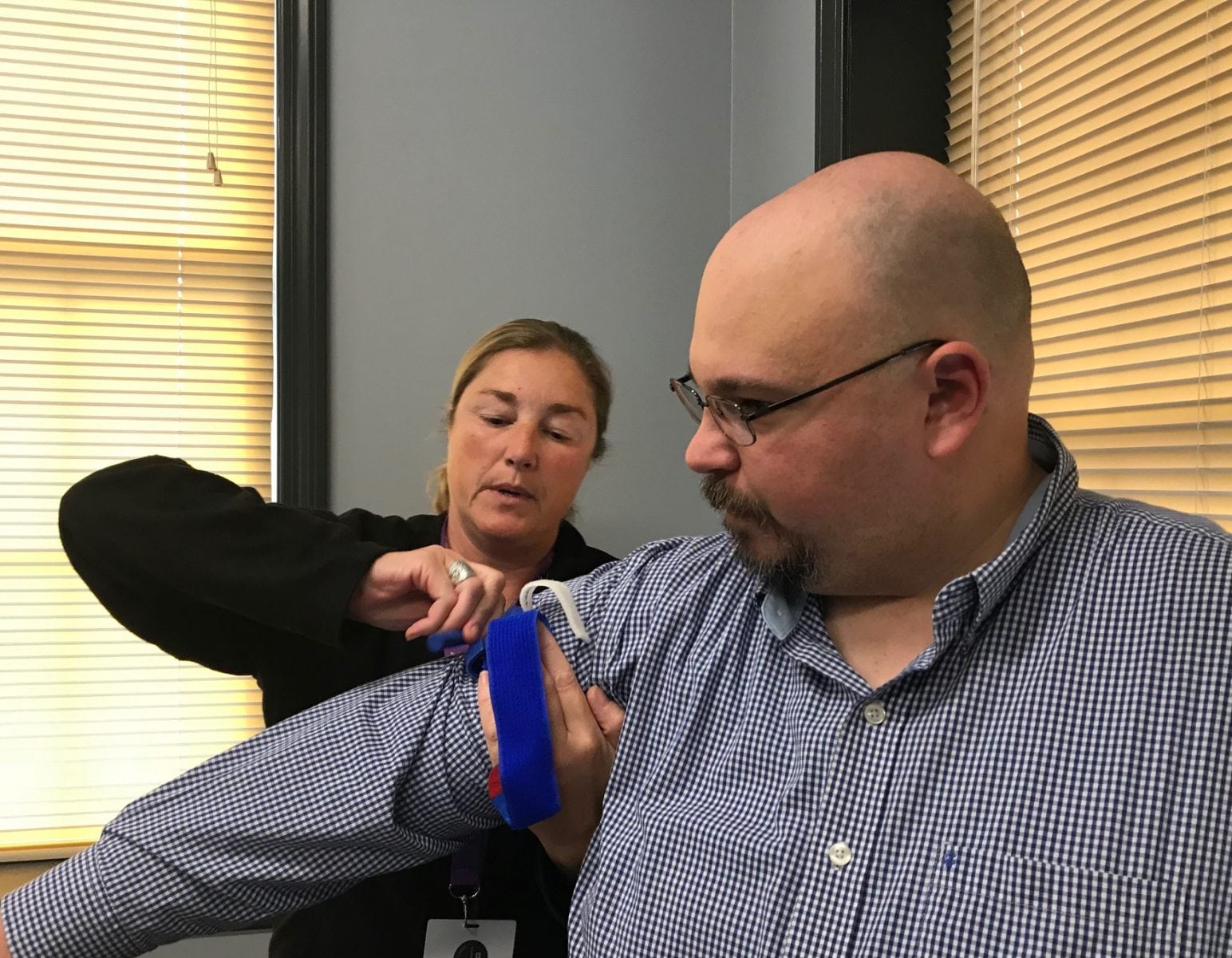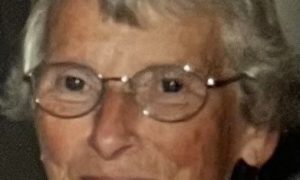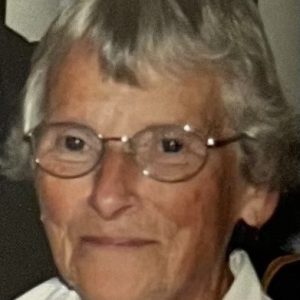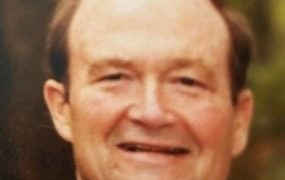WESTFIELD – Officials from Baystate Health’s Stop the Bleed Program instructed members of the Westfield Fire Department and nurses in the Westfield School District on Friday afternoon at the Little River Road Fire Station.
A national campaign, Stop the Bleed focuses on training people throughout the community on what to do in the event of an emergency where someone is bleeding. The program is part of the American Academy of Surgeons initiative.
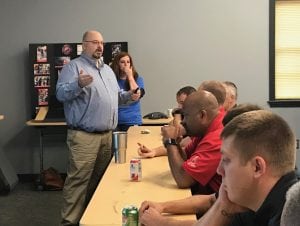
Rick Paul speaks to first responders and nurses about the importance of the Stop the Bleed Program. (Photo by Greg Fitzpatrick)
Rick Paul, who instructed the class on Friday, is the EMS (Emergency Medical Services) Coordinator for the Stop the Bleed Program at Baystate, but is also a firefighter and EMT with the Westfield Fire Department. Paul noted that the most important aspect to this training is that it may take first responders several minutes before responding on scene. By the Westfield firefighters being trained, they will then be able to become instructors and teach civilians so they can learn how to stop the bleeding until emergency personnel arrive.
“Bystanders having this equipment and experience is vital,” said Paul.
To begin the class, Paul mentioned different types of events that can cause profuse bleeding, like car accidents, shootings, bombings, work-related injuries, and home injuries. Going into the “ABC’s” of bleeding, Paul informed those in attendance it meant Alert, find the Bleeding, and then Compress. The alert step involves immediately calling 911, and then locating where the bleeding is coming from. The final step of compressing means to apply direct pressure by using two hands.
Paul went into further detail about the importance of people using a tourniquet and how to apply the tourniquet on the patient.
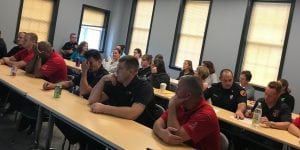
First responders and nurses in the Westfield School District learned about the program. (Photo by Greg Fitzpatrick)
If there isn’t a tourniquet available, Paul acknowledged that hemostatic dressings could work as well such as, quik clot, combat gauze, and celox, which is crushed up seashells. As a last resort, clothing could be used to hold pressure on the wound. These options are crucial for civilians and first responders to learn.
“We want to stop deaths that are preventable,” said Paul. “That’s the big goal here.”
Jen Chapman, a nurse in the Westfield schools, was glad to take part in the class.
“I’m new to the idea of this being in a school system,” said Chapman. “It’s a concern protecting the kids, I think it’s necessary.”
Westfield Fire Captain Chris King wants the community to know that their ability to become a part of the Stop the Bleeding Program can be extremely important when an emergency situation occurs.
“No matter how efficient we (first responders) are, if you’re right there when it happens, that’s the whole different of this,” said King.
Both Paul and King said that they’re looking into any possible grant opportunities that can help people get more involved in the Stop the Bleeding Program.
If anyone is interested in taking a class, a free course is offered at Baystate Medical Center in Springfield every month. With the registration limited to 24 people each course, contact Kimberley Demerski at 413-794-1873.

